Initially, Schwalm whitework was only done on hand-woven linen because that was the fabric that was produced in the region. The hand-spun threads used for this are often more uneven in thickness and twist than machine-spun threads. This makes the fabric made from it appear more structured and interesting.
Such linen has the advantage that it does not wrinkle as easily as machine-woven linen. It is usually very tightly woven and therefore heavier. Projects made from it are easy to iron, and blankets and runners sit well on tables.
But as with all handmade products, there are big differences. There are also many hand-woven linens that are not suitable for embroidery. The threads are too uneven in warp and weft, which does not allow for a pleasing pattern. Or they are only very slightly spun so that the threads fall apart when pulled out. Or they have thickenings that are too thick, making it almost impossible to pull out the thread. Some of the fabrics, which are now more than a hundred years old, have been stored incorrectly, causing the fabric to fall apart. The linen rolls have often become stained over the years. Not all stains can be washed out.
Most linen was woven with a width between 60cm and 75cm. Wider linen is difficult to find and is therefore much more expensive. Often the first and last meter of the role is warped due to the tautening,
so that these sections can no longer be used for embroidery.
(I found an interesting article with informative images about the production of hand-woven linen, but unfortunately only with German text.)
I bought a role of linen with a width of 92 cm and have already done some embroidery on it, like this large wall hanging.
In my next blog post I will show a pillowcase made from this linen.
You have to get used to embroidering on hand-woven linen. You usually find it more difficult at first. I’ve also had linen that almost required pliers to get the needle through the fabric. It’s too tiring and not fun.
The linen presented here can be embroidered quite well. The threads are easy to withdraw and the embroidered patterns have an impressive effect.
The number of threads varies 13/16
or in other areas also 15/17, as you can easily count in the 1cm² magnifications.
The fabric has irregularities
and light stains, which disappeared without difficulty when washed.
Even the dirt in the fold from lying for so long was gone after washing.
In Germany and the surrounding countries, everyone can go looking for hand-woven linen themselves. In many other countries or parts of the world this is not possible. So I received inquiries as to whether I could offer old, hand-woven linen. I hesitated about it for a long time. But now I have decided to test old, hand-woven linen by embroidering it and then offer it for sale.
This particularly wide linen is ideal for sofa cushion covers in sizes from 40cm X 40cm to 45cm X 45cm, as the linen only shrinks minimally.
Good linen has its price, the meter costs €41.65 (including 19% VAT) This is €35 for people out of the EU. In return you get a material that will probably no longer be available very soon and you don’t even need half a meter for a pillowcase.
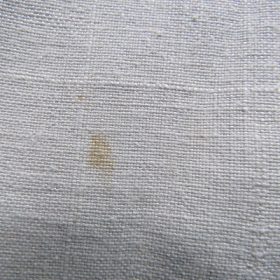
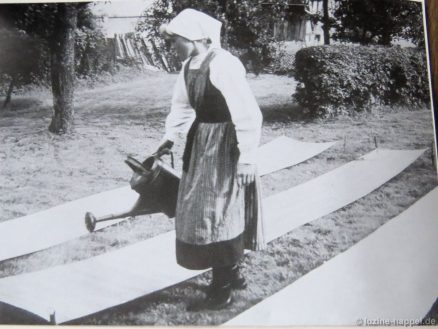
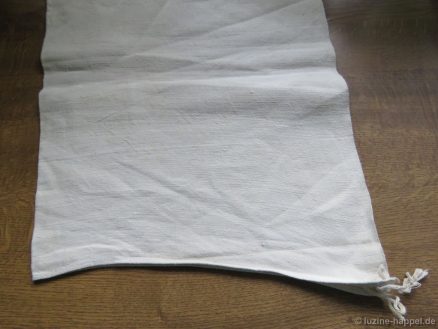
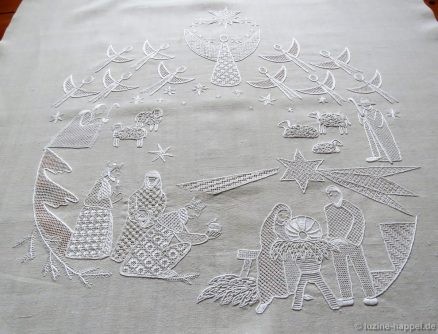
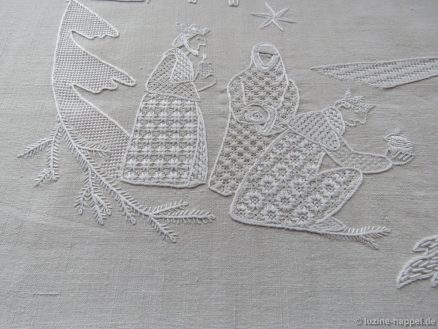
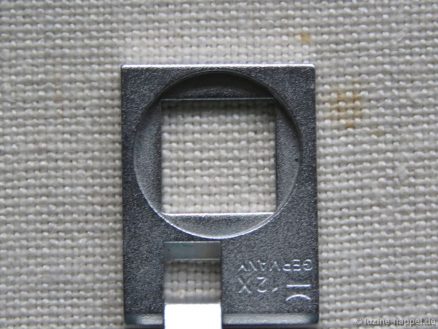
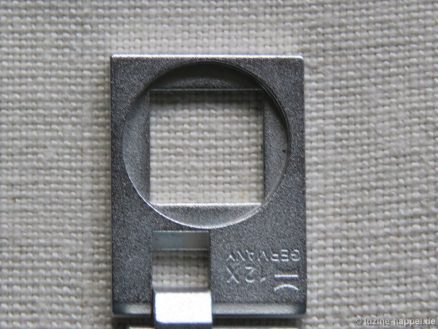
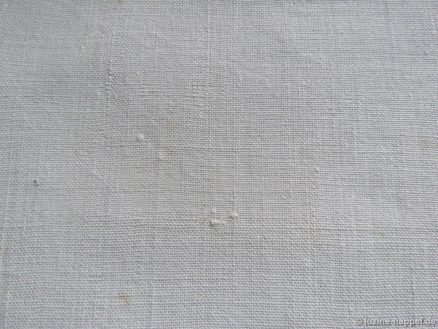
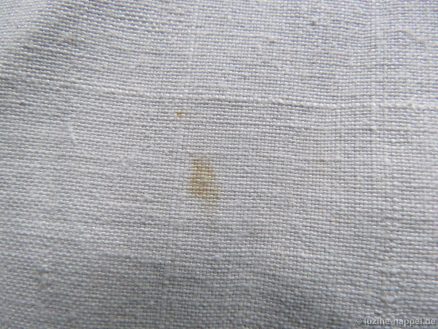
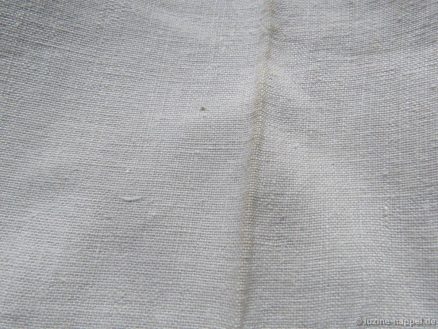


The wall hanging is beautiful. I like the variety of stitches and there different textures.
Altes, handgewebtes Leinen hat seinen eigenen Charme!
Wenn dann noch eine so schöne Stickerei das Leinen zu etwas ganz besonderem macht, hat sich die sicher etwas mühevollere Arbeit gelohnt.
Ein wunderschöner Wandbehang!
Noch ein kleiner Tipp, wenn mal die Sticknadel nicht so gut durch das alte Leinen beim Sticken durchgehen will:
ich stecke meine Sticknadeln in ein Nadelkissen, welches ich mit Schafwolle gefüllt habe. Die Wolle hat noch einen Rest an natürlichem Fett – die Nadeln “laufen wie geschmiert”.
Danke für den Kommentar und für den Tipp, ich werde es ausprobieren.
Übrigens: Nadelkissen gefüllt mit Reis sollen helfen, die Nadeln spitz und blank zu halten.
Hi Luzine, I think this is such a good thing you are doing. I have been collecting handwoven linen for years, I love it and have seen over time how much the price has increased. My collection has differences in threads but all is high quality, and has been wonderful to make things from. I have often used it to make appliqué quilt blocks as it is strong and supports well, especially if one is appliquéing with wool. All of my rolls are in the width range of 66cm to approx. 70 cm, although I have seen some narrower ones.
Thank you, Heather,
Yes, over time and esecially in the last two years the price of linen has much increased, not only this of handwoven linen, but also this of machine-made linen.
Handwoven linen is wonderful for making different things. And yes, rolls with a width range of less than approx. 70 cm are still easy to find. This is very difficult with wider linen.
Liebe Frau Happel, was ist das für ein Instrument zum Abzählen der Fäden? Wo kann man es beziehen?
Herzliche Grüße
Sabine Schomburg
Das Instrument heißt “Fadenzähler” – gibt es in unterschiedlichen Ausführungen, wie ich gerade bei Google sah.
Fadenzähler sind sehr nützlich – meinen brauche ich oft.